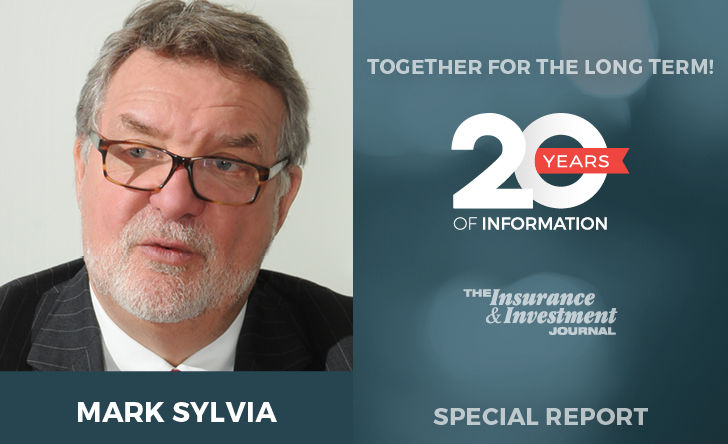In his years in the financial services industry, Mark Sylvia has seen three different “ages of insurance” – from major distribution to great product innovation to the current “age of convenience.”
Throughout all these periods financial advisors were, and still remain, a crucial constant to clients and the industry as a whole.
But a combination of aging insurance advisors and increasing technology is stirring up some unease among industry stakeholders concerned they may cause a “contact void” that will be difficult, although not impossible, to correct, says Sylvia, president and CEO of Empire Life.
Aging advisors
With the average age of advisors nearing 60, many are thinking of retiring, leaving the prospect that half the advisor population will be out of the business in 10 years’ time. Meanwhile, younger people are not coming into the industry in numbers to fill that hole. Nor do younger people want to buy insurance the same way as their parents.
“So as an industry everybody is struggling with this,” says Sylvia. “On the one hand you’ve got to service the needs of your existing distribution system that made you who you are today, but on the other hand you’ve got to work out ways to connect directly with consumers to start to get a relationship with them.”
On top of these issues, there are do-not-call restrictions leading to the “contact void” and forcing younger people who want insurance to identify themselves.
While many insurers have put together needs analyses and cost apps on their websites, they feel they are at a great disadvantage to the banks, which have built up relationships with millennials for savings and other bank products.
“The big issue we have as an industry on the life insurance side is figuring out how to identify people who have a need and then find a way to talk to them about the product,” says Sylvia. “Companies are doing more direct advertising on TV, they’re trying all sorts of different ways. But this is a fundamental change in the industry – an industry that has relied on people to contact people to create sales is now having to look at different methodologies for getting in front of customers.
“All the companies know this and we’re all struggling with what is the correct way to do this.”
It will take time for managing general agencies (MGAs) and insurance companies to work together to come up with ways to encourage younger advisors to come into the business and attract that younger generation of policyholders. But Sylvia says it will get done.
Another big issue Sylvia has seen in the business has been the massive amount of change taking place on every front of the industry – from distribution and product to operations, systems and technology, regulations, accounting and actuarial rules.
“The pace of change when I first started in the business in the ‘70s was much slower and it wasn’t on every area of the business. [Now] everything is undergoing change or needs to be changed.”
Sylvia says he’s not complaining about this new reality. “It certainly makes it an invigorating and challenging environment in which to work.”








